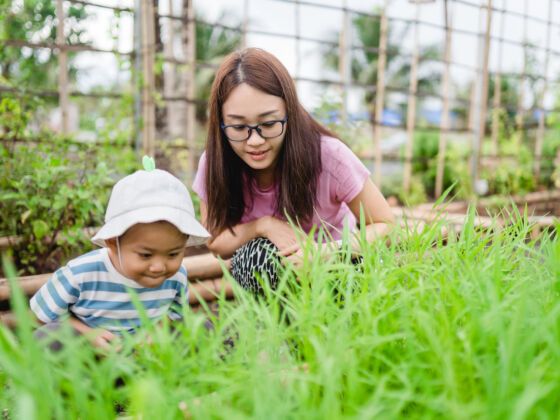The foul smell is the first indicator that the niniku has rotted from the inside out. Little worms that hatch under the husks make meals out of the sharp, earthy cloves and leave tan spots of blight across entire bulbs. Reject. Toss. Pick the next bulb. This one has a more promising smell. The creamy flesh is unmolested; it’s a keeper.

Using my fingernail, I pierce the hull of the garlic and divide each sliver before dropping the salvageable parts into a plastic crate. It’s been three days, and the French girl and I are losing our minds repeating this over and over and over. We hauled in a portable stereo to listen to old Japanese cassette tapes of bands like ARB and Earth Shaker but we can barely hear the music.
It’s also been pouring for three days and we’re protected by tin roofed-shed. The Pacific Ocean is less than a mile away and if we strain our ears, the storm-churned waves are audible. It taunts us. After six hours of preparation work, we both plan on escaping to the beach just to be there. If it’s too cold to swim, we’ll walk in the surf.
Shikoku is one of the four main islands of Japan, and out here by the coast it’s inaka – rural. The town of Ikumi is home to a permanent population of about a hundred people. This is where I ended up through WWOOF, World Wide Opportunities on Organic Farms.
There’s a small surfing community here, but the de facto industry is agriculture. My host keeps two expansive greenhouses to house tomatoes, and has outdoor beds for garlic and shishito – Japanese green peppers. He is a young man, maybe in his 30s, and previously worked in advertising in some big city. He hated it. He took sustainable agriculture classes, bought a surfboard and moved to Ikumi to become a farmer. English was learned from working in New Zealand as an extra on The Last Samurai. For a man who embraced the Japanese countryside, I was surprised to learn that his culinary palette favors Italian food. I came to an Asian town of a hundred people and found a jar of black olives in the fridge. This explains the garlic and the tomato plants.
For lunch, we eat authentic imported spaghetti tossed with vegetables in a reduction of store-bought tomato juice and canned maguro, a kind of tuna. My host dices raw garlic and throws it into the spaghetti. I’m wary. At home in the United States, I only bought prepared garlic in glass jars (the French girl thought that was odd) and it’s only served cooked or baked. Eat it raw? I balked. I tasted. I fell in love. I buried my face in my hands to catch the scent when people weren’t looking.
The garlic has to be planted. It takes me a couple days to till the fluffy soil into elevated landing strips for this small member of the onion family. Then, green gardening plastic is stretched over each bed and weighed down by dirt. The sheets are pre-cut with holes to indicate where to plant each clove. All the garlic we prepped is cleaned by my host and soaked in a probiotic wash. It’s then handed off to me to plunge each clove several centimeters into the ground.
The French girl is assigned to a different part of the farm. I’m quick at this, and I’m proud of my work although the process leaves me dirty from head to toe and the soreness in our fingertips will linger for days.
Sawdust is spread to insulate the dirt. Underground, each clove will become a bulb. Within 48 hours, green shoots are poking up through the earth. Holes have to be torn in the plastic sheets to accommodate the shoots not breaching at the correct angle. Suppressed plants will warp under the plastic. I don’t see the labor of my work because eventually, my time ends.
When I returned home to the United States, I began to buy garlic weekly at the Farmer’s Market. I don’t have to pick blindly and hope for a perfect clove, I just need to hover it near my nose. The scent tells the story – safe or spoiled. I eat it raw in pasta just like I did in Japan, and I generously add it to risotto and potato dishes. Thai fried garlic and Taiwanese powdered garlic rests encapsulated in plastic and glass on my spice shelf. I wonder, perhaps, if I visit Italy will I return in amore with a Japanese onion?
Community Connection
To learn more about WWOOFing, check out Matador’s Focus Page on Volunteering Abroad.
You can carry on Jessica’s work with garlic and tomatoes by contacting WWOOF Japan host 2491.